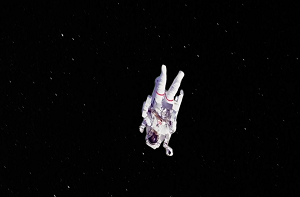The idea of floating away into the darkness of space is a terrifying thought that would definitely cross every astronaut’s mind while spacewalking, but what
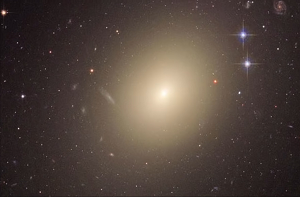
One intriguing question to ask is, of all the giant galaxies which are in hundreds of billions in number in the observable universe, which one
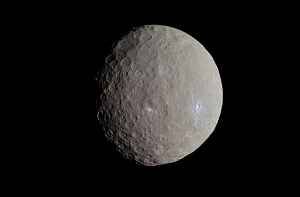
Ceres is the closest dwarf planet to Earth and it is located between the orbits of Mars and Jupiter in the Asteroid Belt. We mostly
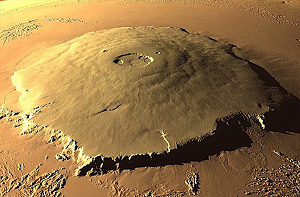
Volcanoes are basically the mountains from which hot lava, volcanic ash and gases can escape a planetary object which is burning inside through a rupture
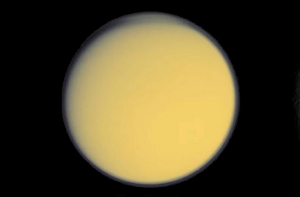
886 million miles or 1.4 billion kilometers from the Sun, we can find the mysterious planet-like moon Titan. It is larger than the smallest planet

